Estudio MMX’s Geology Museum on the Yucatán Peninsula is a big hit
Estudio MMX’s new crater-inspired Geology Museum on the Yucatán Peninsula is sure to be a big hit
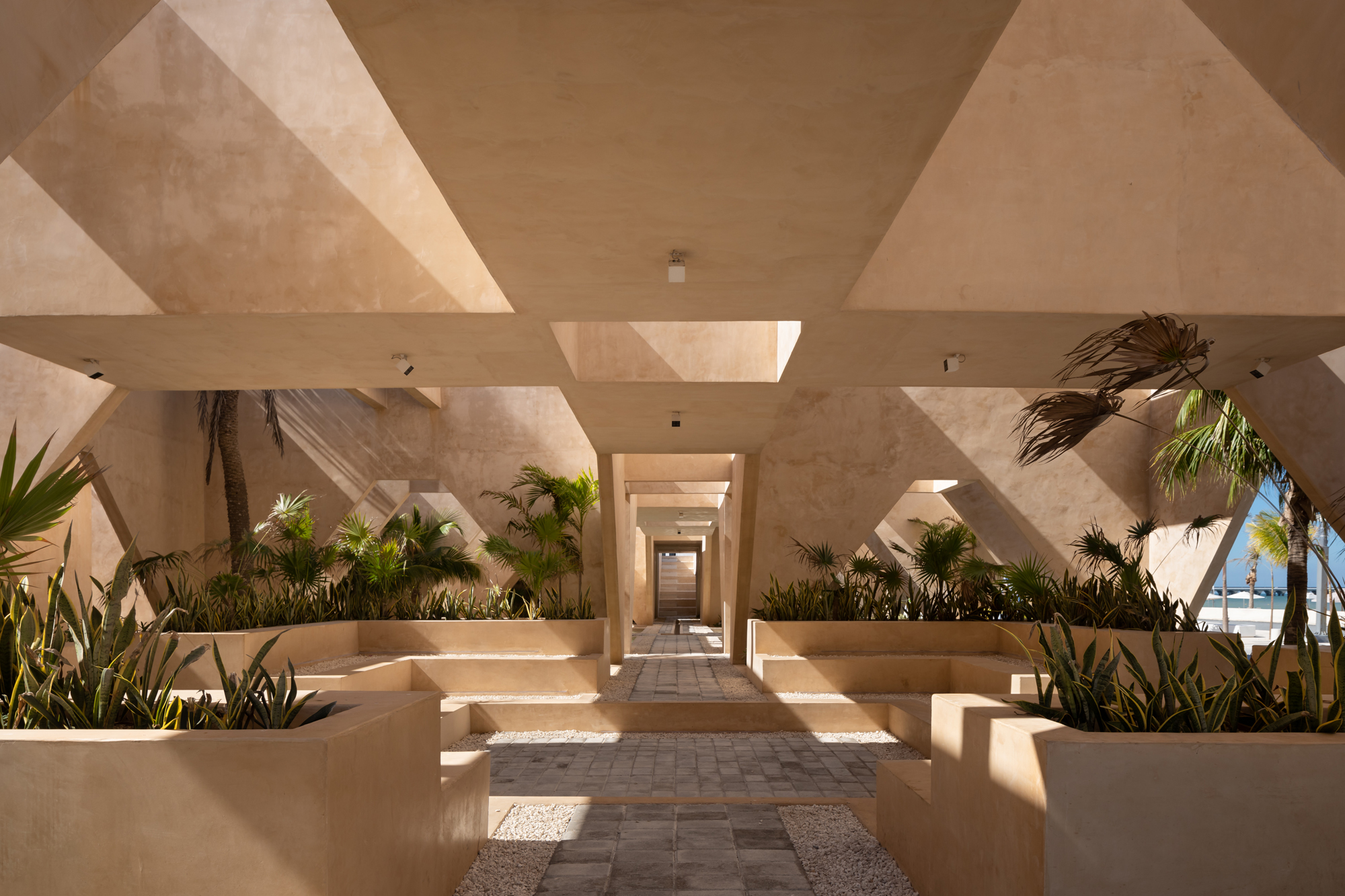
Dane Alonso - Photography
Mexico’s many claims to fame include a rich culture, a long history and dramatic landscapes. It is lesser known, however, as the site of an important event that changed life on Earth for ever. Yet it is here that the asteroid that is thought to have killed the dinosaurs landed, heralding a new era for the planet and leaving in its path what today is known as the Chicxulub crater. Located on the Yucatán Peninsula, this geological formation was the result of an impact that happened 66 million years ago. It is also the inspiration for a new museum in the small seaside town of Progreso, designed by Estudio MMX, a dynamic and relatively young Mexico City-based practice founded in 2010 by architects Jorge Arvizu, Ignacio del Río, Emmanuel Ramírez and Diego Ricalde.
Created as part of an ambitious national scheme called Programa de Mejoramiento Urbano (PMU), or Urban Improvement Programme, which kick-starts public projects and cultural interventions in cities across the country, the new Geology Museum focuses on the region’s rich history in the field.
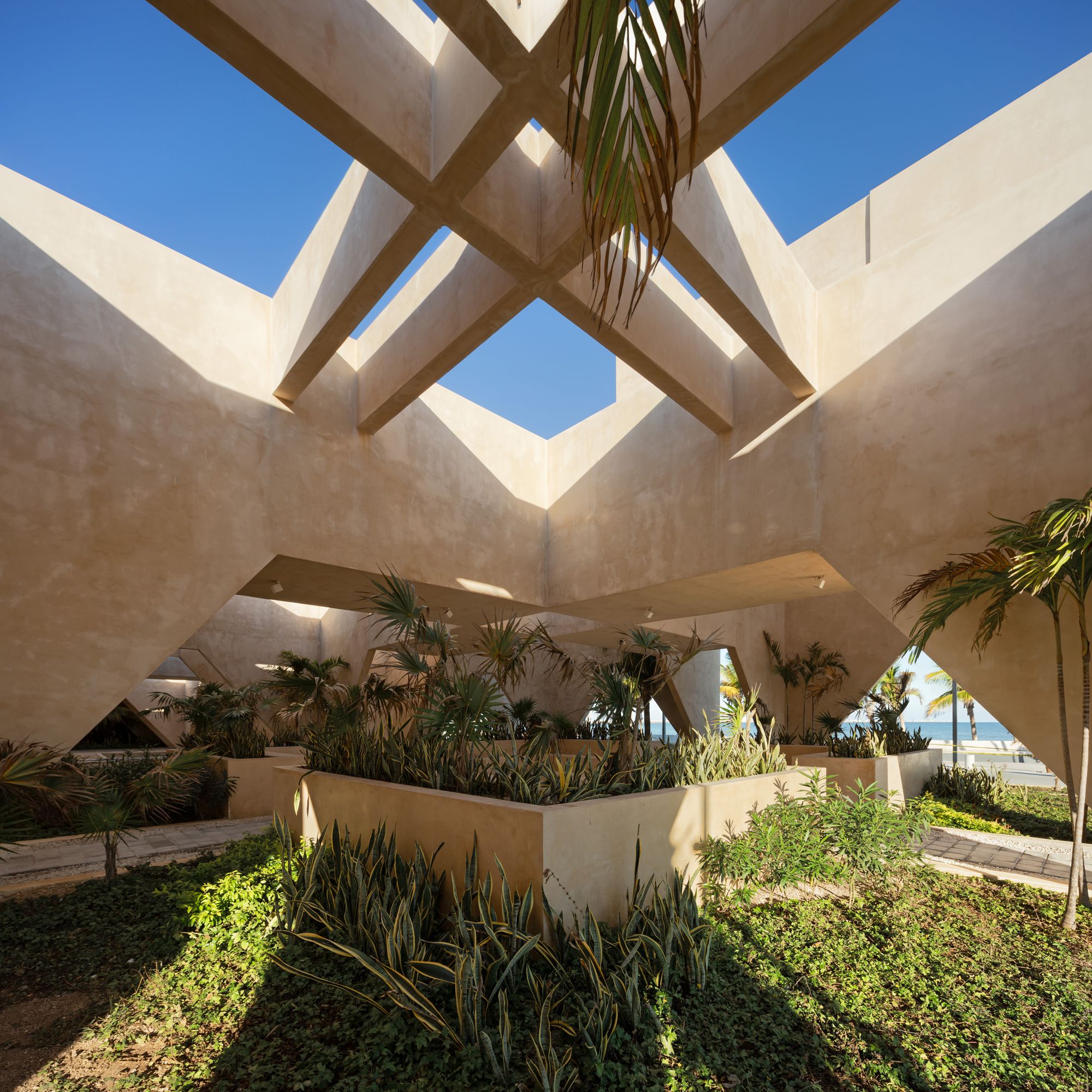
Openings allow the sea breeze to travel across the site, helping to cool the building naturally, and making the structure more resilient to the hurricanes that often hit Progreso in the summer
The initial plan was to build a new cultural building for Progreso, but its exact use was unclear at the start of the project in 2019: ‘They told us, there is an opportunity to make this cultural space, in this part of Yucatán. We were put forward as the architects for this site as well as another project, the market in neighbouring Chicxulub,’ Ricalde recalls. ‘Because of the crater of the asteroid that hit the Earth and extinguished the dinosaurs, it was then decided to do something around geology.’
This is a rural and fertile part of the country, both in nature and history. Yucatán’s capital, Mérida, is just 50km south and the area is filled with mangroves and dotted with sandy strips and Mayan and colonial heritage sites. It also used to be the main producer of henequen, a variety of the agave plant often referred to as ‘green gold’ for its uses in the textile industry. Both the geology of the impact crater and the existing natural environment played a key role in the design development of the new museum. Its distinct form is composed as a sequence of discrete yet interconnected square-ish volumes set on a strict, geometric grid spread across the length and width of the site. The angled arches and overall monolithic and stepped character of the volumes reference ancient Mayan architecture, the architects explain.
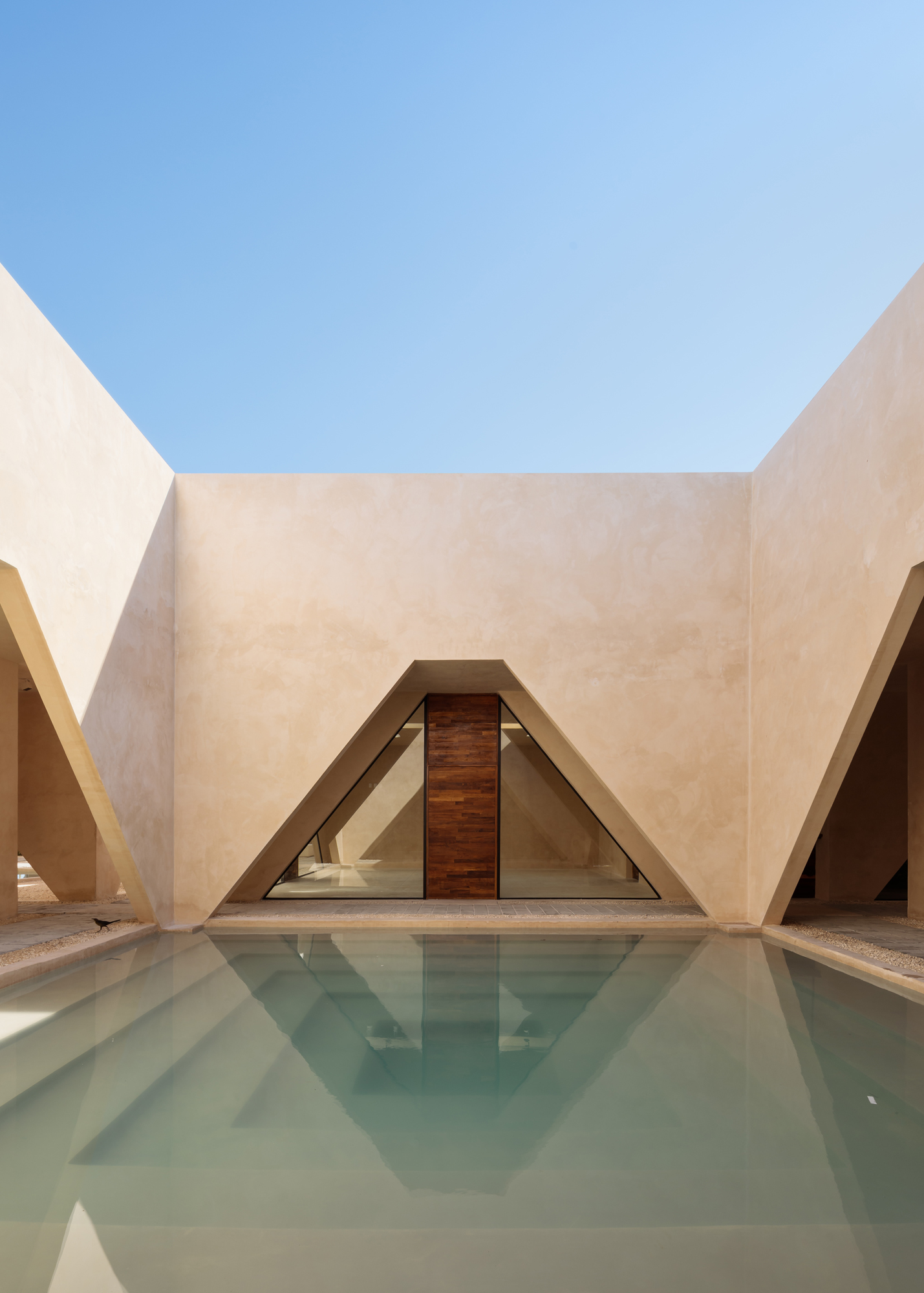
The museum includes a series of water features inspired by Yucatán’s cenotes, the sinkholes created by the asteroid impact 66 million years ago
The building is covered in a type of plaster called chukum, a traditional material made with the powdered bark of a small thorny tree of the same name. It allows for great detailing, is locally produced, naturally water-resistant, and soft to the touch. ‘It fits the city’s urban image, as well as the landscape’s colours, and its light tone reflects the sunrays and helps control the heat,’ Ricalde explains. ‘As for the grid, it is a very common feature in the cities in this part of Mexico, many of which were built around orthogonal grids.’
Inside, the building has space for offices, temporary and permanent exhibitions, a café and multifunctional areas for workshops, educational programmes and events. ‘As we didn’t know from the start what exactly would be housed within, we had to design the building to be flexible,’ the architect says.
Ricalde also points out that the height of each volume is designed so that there is an undulation, abstractly referencing the topography of a crater. At the same time, openings underneath some of these elements allow the sea breeze to travel across the site, cooling down the building naturally, while a green garden below invites the local wildlife in, offering a mix of water features and native plants. The fact that much of the building is lifted above ground level also helps it negotiate rising water, as the area is prone to flooding. And thick shading created by the various, closely knit spaces is welcome in the outdoor public space as it protects it from the sun in this typically hot region.
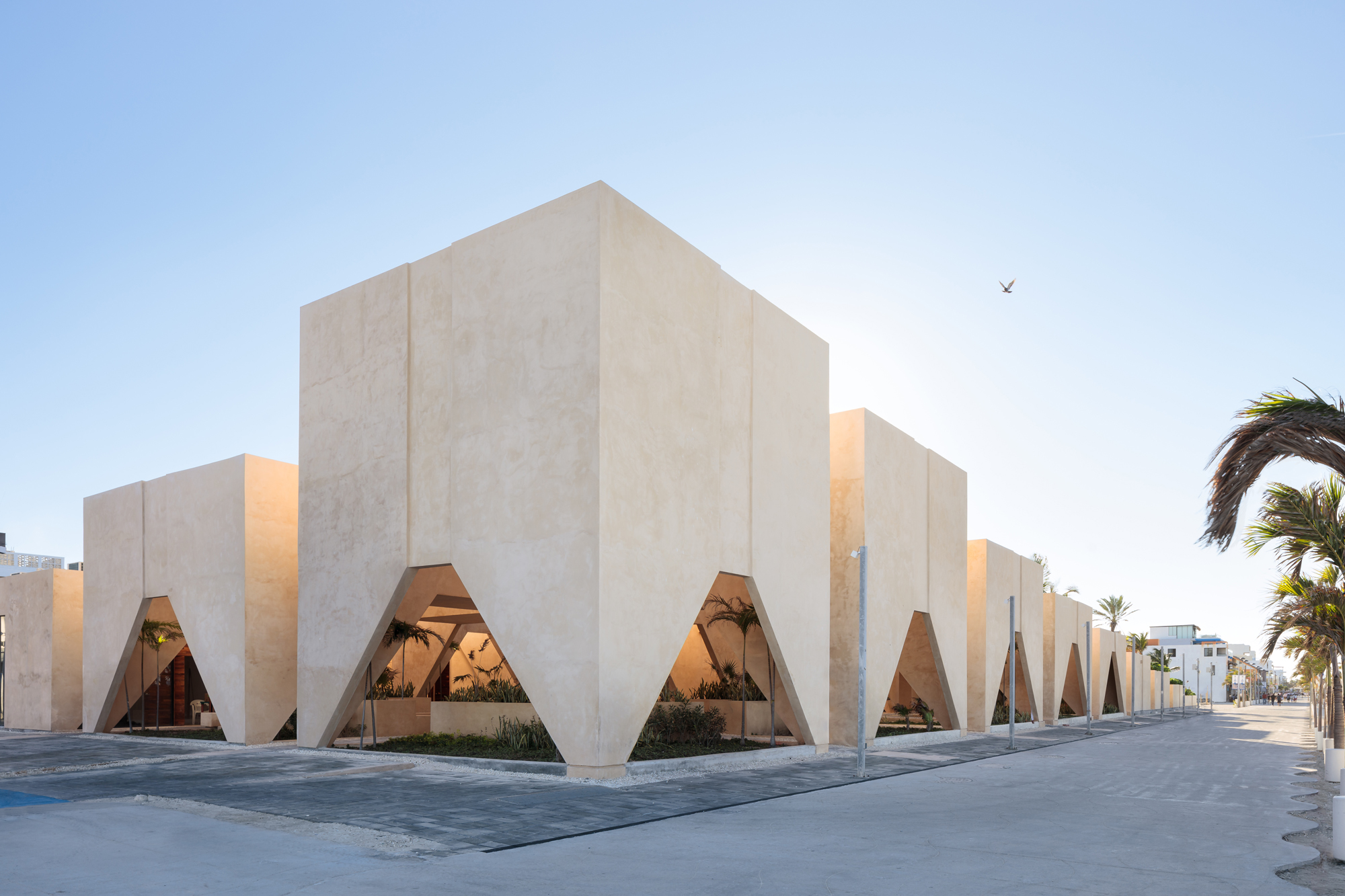
The museum is spread in a series of blocks arranged in a grid. Their triangular openings recall the shape of the region’s Mayan pyramids
While the site is big, the building is not very tall, ensuring that it does not block the views towards the sea or dominate the lower urban fabric around it. ‘There are many hurricanes in the summer season and so, instead of making one big solid building that would ‘fight’ the winds, by breaking it down, the winds can feel softer and the building is more resilient,’ the architect continues.‘The vegetation was also important to us. We love incorporating plants in architecture, and we are very interested in the relationship between landscape and architecture. The species selection was done carefully so the design would act according to our intentions, saving existing palms while avoiding inserting non-native species or creating maintenance issues. It’s very important for us in every project, but particularly in this one, as previously the site hosted what was an open public space. In our view, the city did not lose a park – it gained a museum.’
Receive our daily digest of inspiration, escapism and design stories from around the world direct to your inbox.
INFORMATION
Ellie Stathaki is the Architecture & Environment Director at Wallpaper*. She trained as an architect at the Aristotle University of Thessaloniki in Greece and studied architectural history at the Bartlett in London. Now an established journalist, she has been a member of the Wallpaper* team since 2006, visiting buildings across the globe and interviewing leading architects such as Tadao Ando and Rem Koolhaas. Ellie has also taken part in judging panels, moderated events, curated shows and contributed in books, such as The Contemporary House (Thames & Hudson, 2018), Glenn Sestig Architecture Diary (2020) and House London (2022).
-
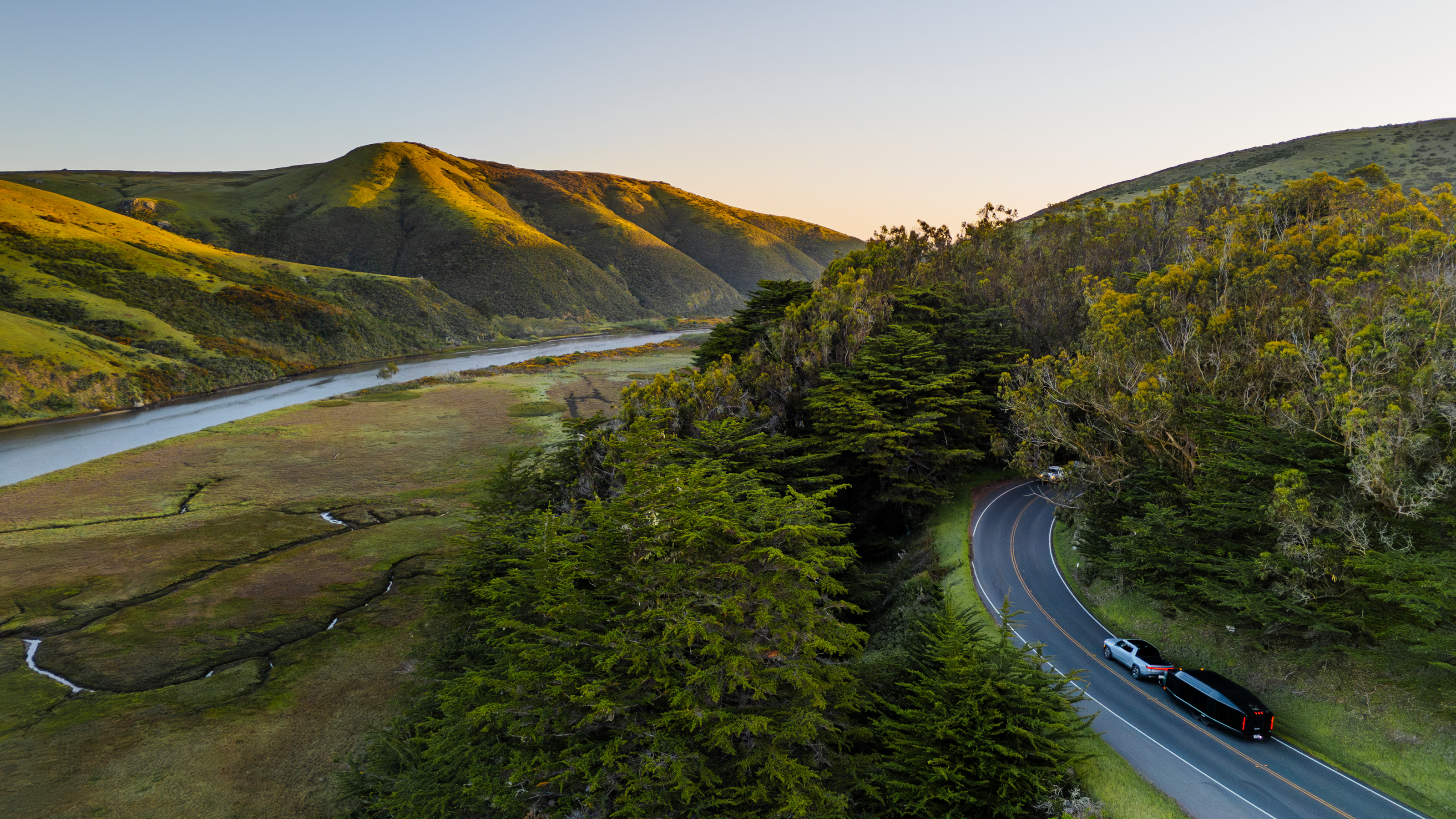 America’s first all-electric travel trailer broadens its range with two new models
America’s first all-electric travel trailer broadens its range with two new modelsThe Lightship AE.1 Atmos and Panos are the two newest trim lines for this ground-breaking streamlined travel trailer, an airy design with integrated electric powertrain for added mileage and quiet camping
-
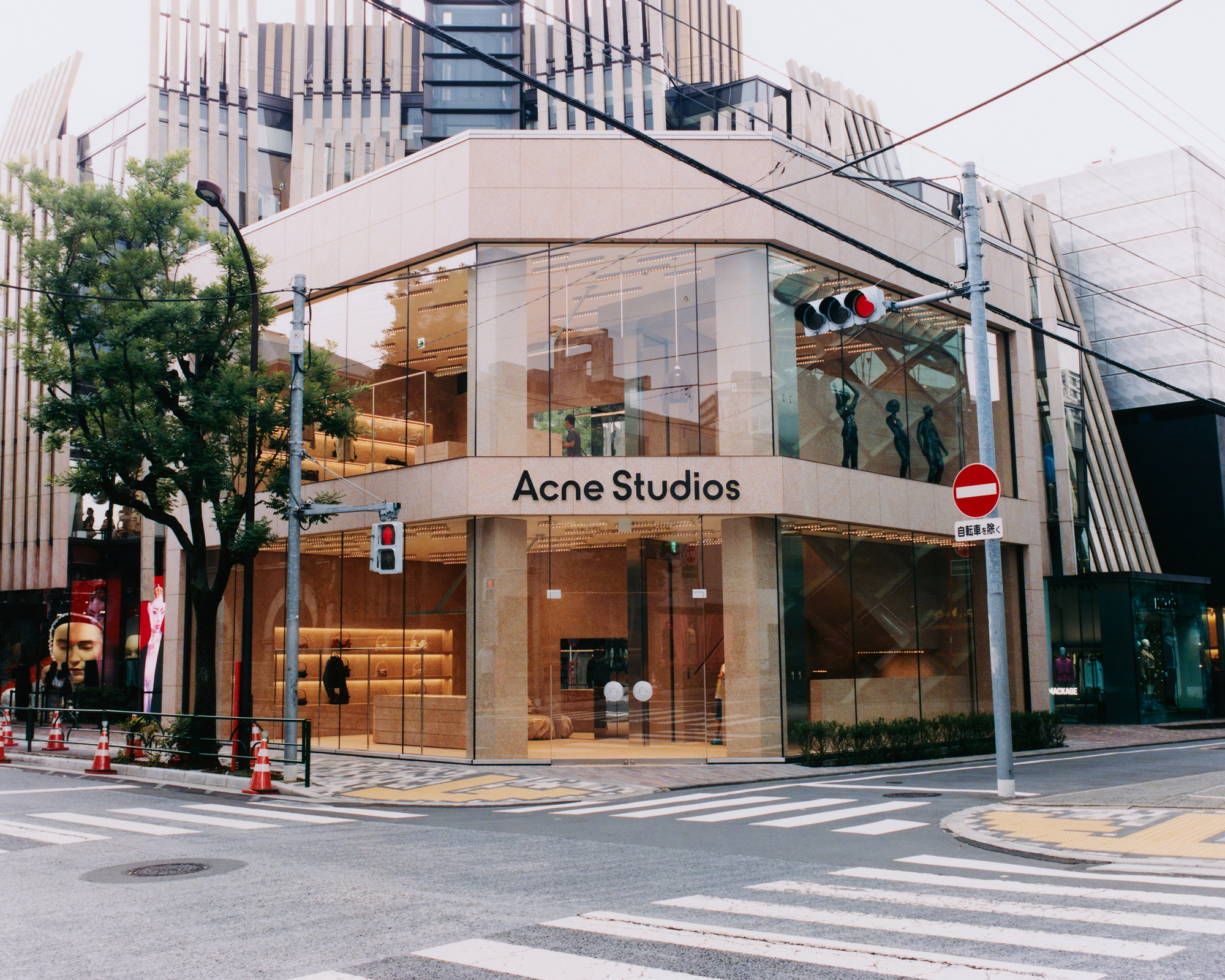 Step inside Acne Studios’ pink-hued Tokyo flagship
Step inside Acne Studios’ pink-hued Tokyo flagshipAcne Studios contrasts sharp minimalism with soft touches at its playful new Tokyo flagship, designed in collaboration with Swedish studio Halleroed
-
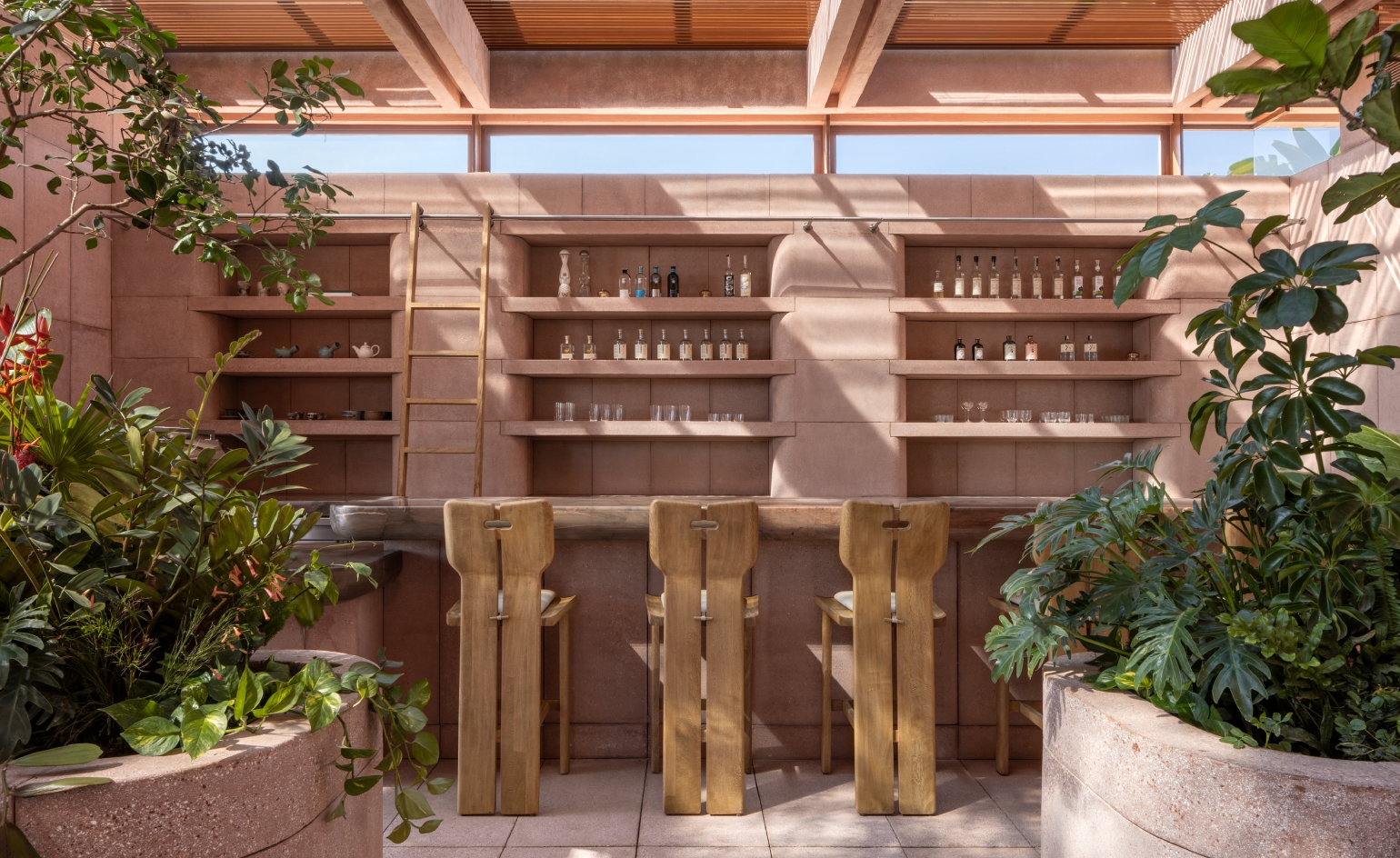 At Rubra, thrilling tropical cuisine comes courtesy of the youngest World’s Best Female Chef
At Rubra, thrilling tropical cuisine comes courtesy of the youngest World’s Best Female ChefAt chef Daniela Soto-Innes’ exceptional restaurant in Mexico’s Punta de Mita, the cooking is as ambitious as the view
-
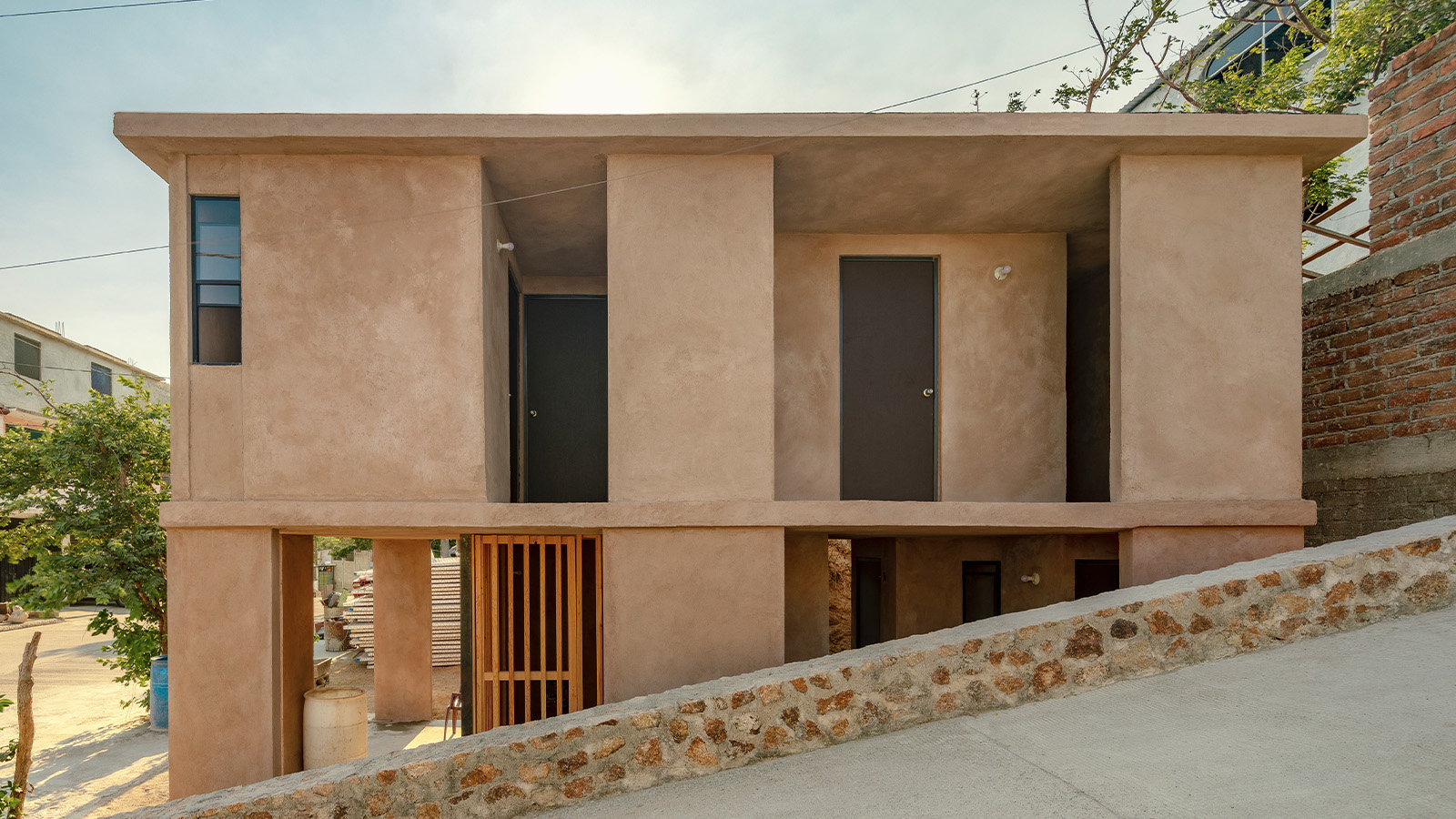 As climate disasters increase, can architecture respond? Kon-tigo, a post-hurricane Acapulco house design, shows us how
As climate disasters increase, can architecture respond? Kon-tigo, a post-hurricane Acapulco house design, shows us howKon-tigo is a housing project by Manuel Cervantes Estudio, which creates bioclimatic homes that address climate disasters and inequalities in Acapulco, Mexico
-
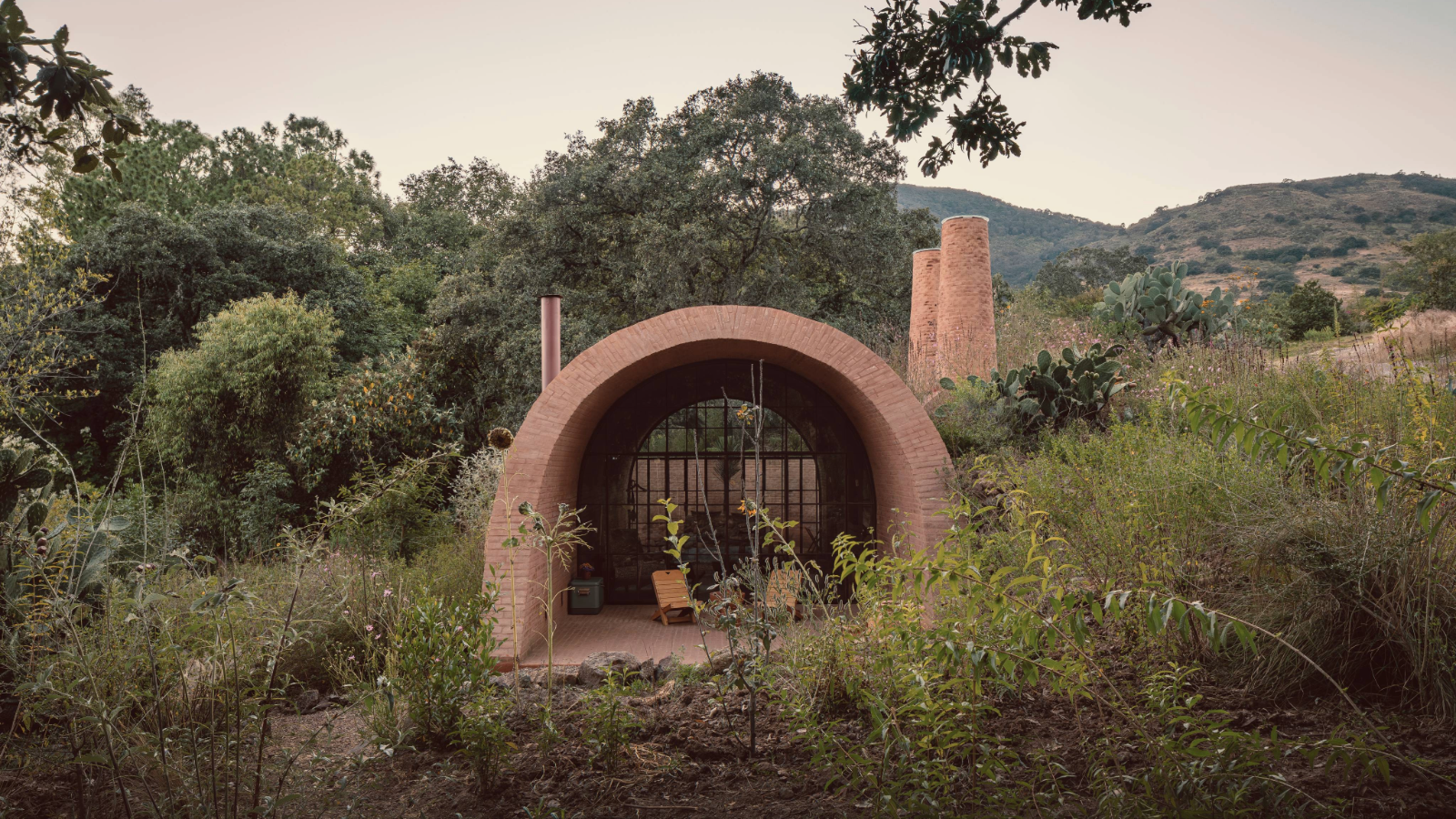 An eco-friendly Mexican ranch offers sleep under a beautifully crafted brick vault
An eco-friendly Mexican ranch offers sleep under a beautifully crafted brick vaultArchitects Goma have built a Mexican ranch with a stunning red-brick guest pavilion; Rancho El Ameyal is a lush eco-retreat in the central Mexican state of Querétaro
-
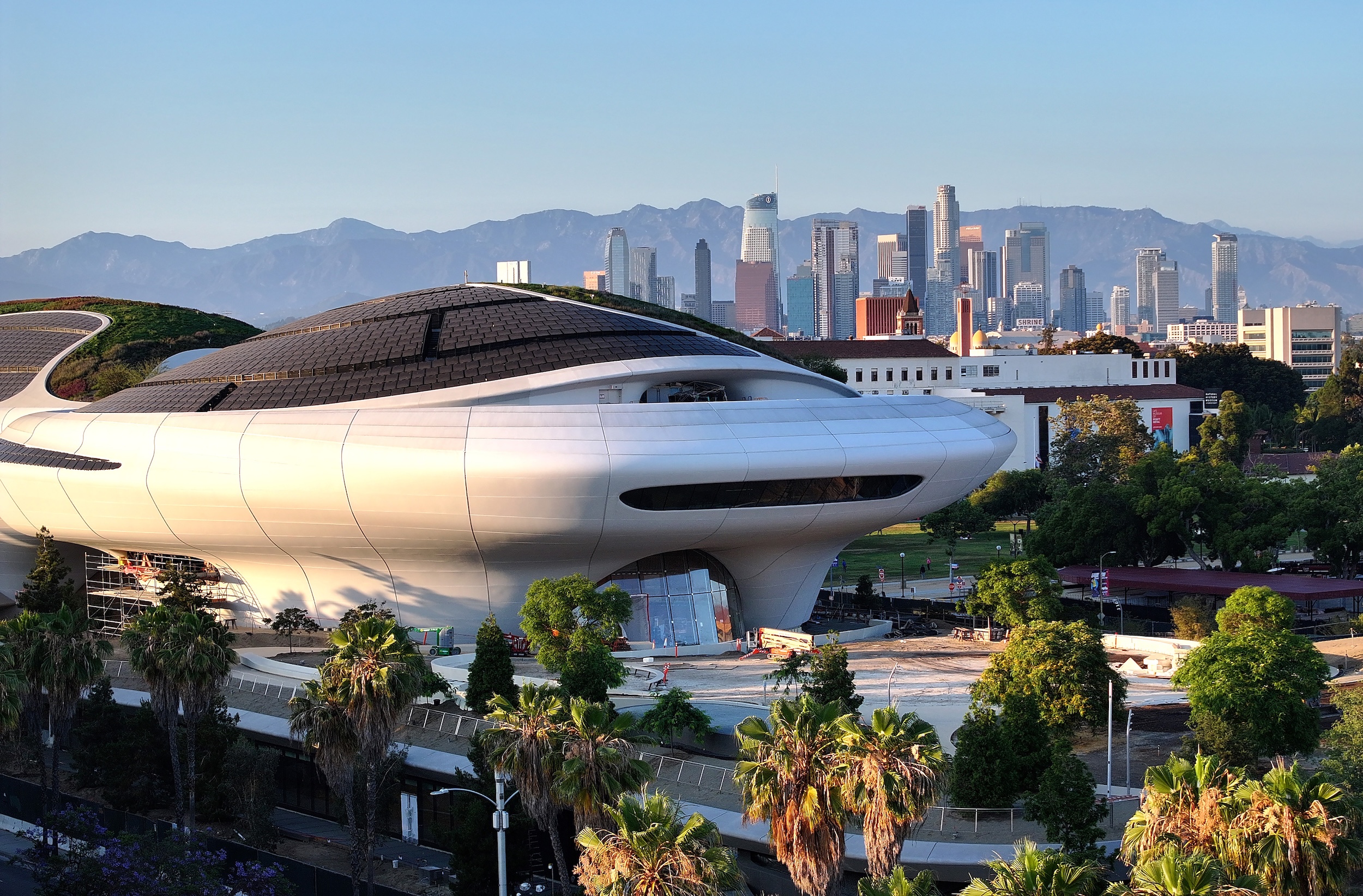 George Lucas’ otherworldly Los Angeles museum is almost finished. Here’s a sneak peek
George Lucas’ otherworldly Los Angeles museum is almost finished. Here’s a sneak peekArchitect Ma Yansong walks us through the design of the $1 billion Lucas Museum of Narrative Art, set to open early next year
-
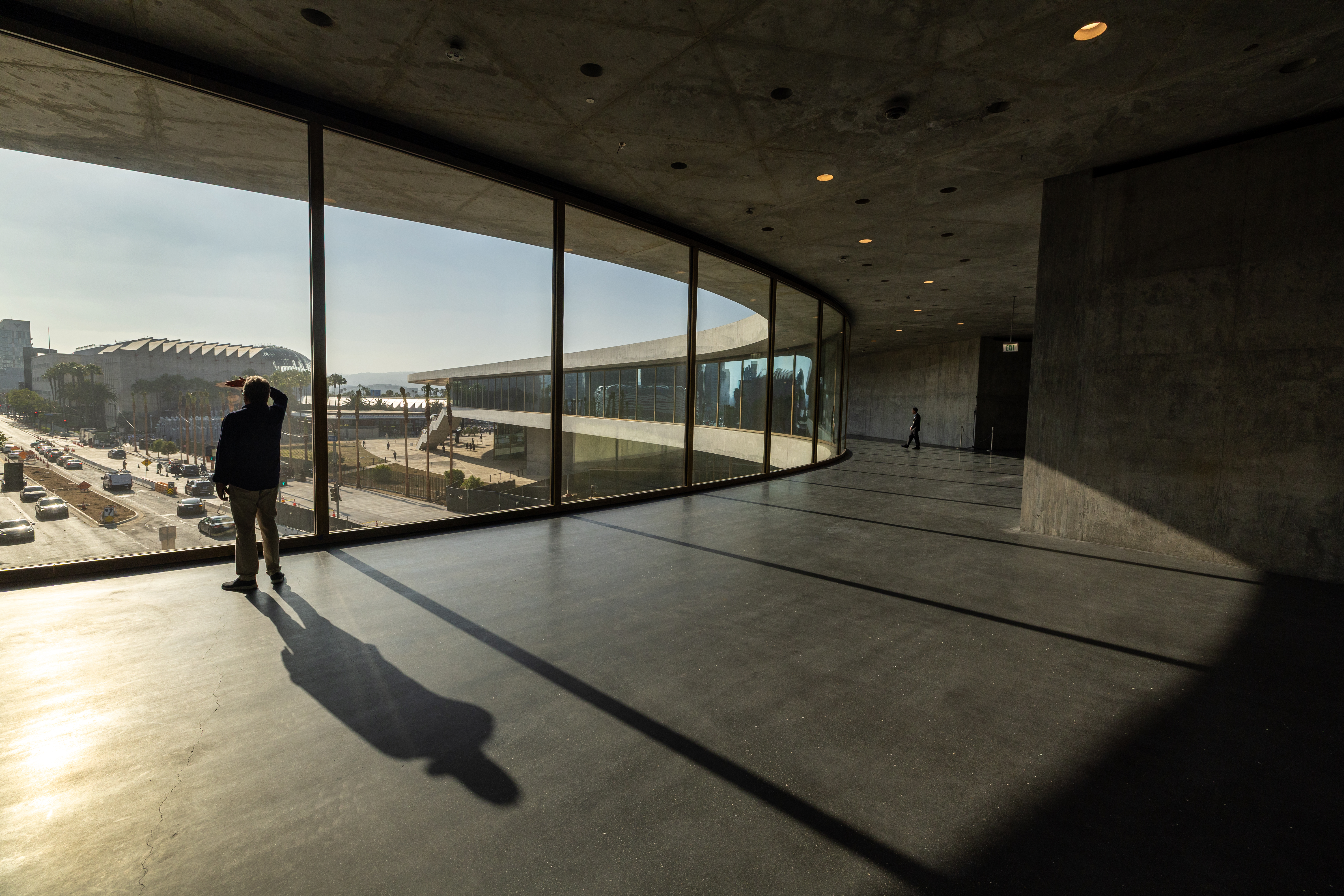 The great American museum boom
The great American museum boomNine of the world’s top ten most expensive, recently announced cultural projects are in the US. What is driving this investment, and is this statistic sustainable?
-
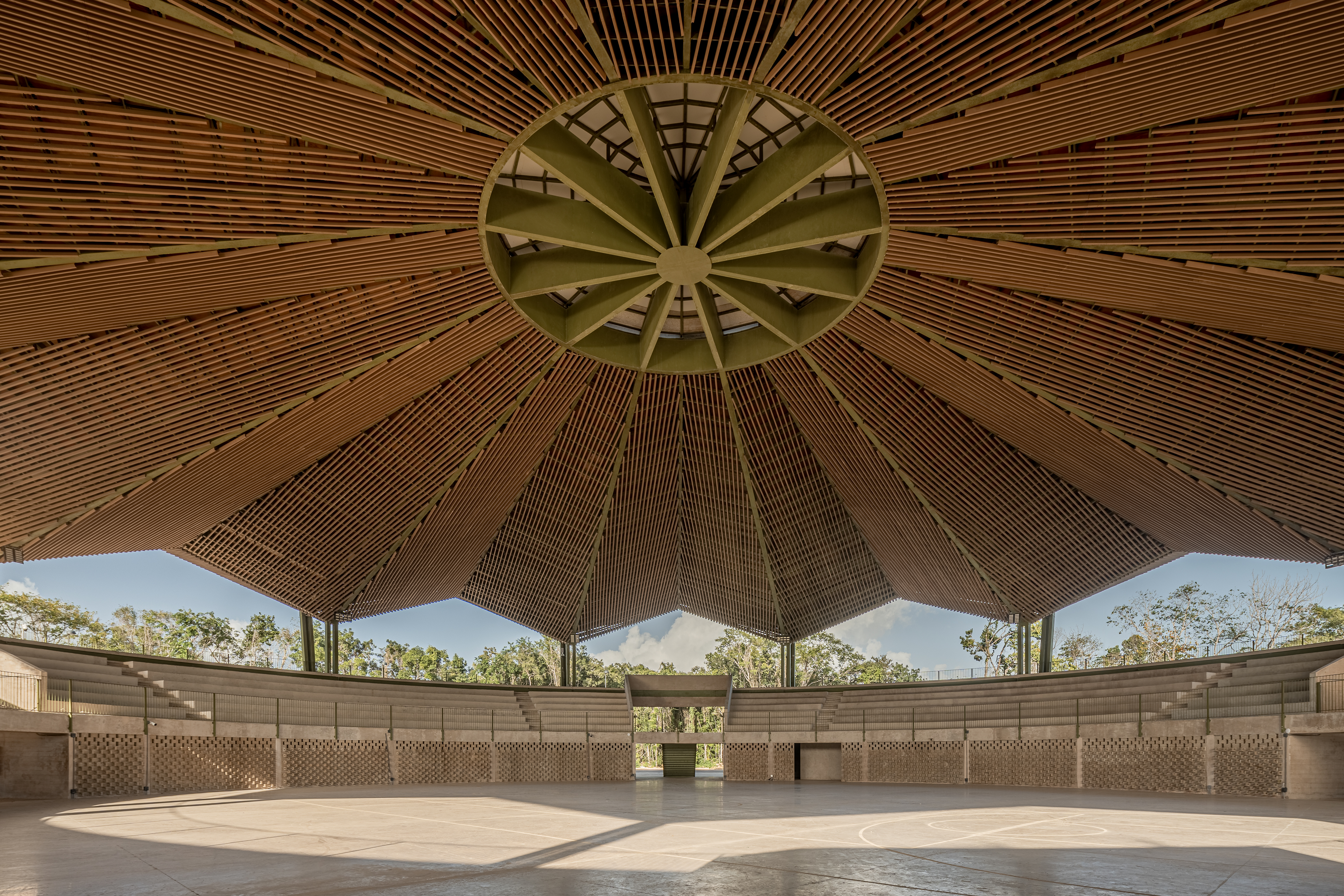 In Quintana Roo, a park mesmerises with its geometric pavilion
In Quintana Roo, a park mesmerises with its geometric pavilionA Mexican events venue in the state of Quintana Roo rings the changes with a year-round pavilion that fosters a strong connection between its users and nature
-
 Casa La Paz is a private retreat in Baja California full of texture and theatrics
Casa La Paz is a private retreat in Baja California full of texture and theatricsLudwig Godefroy designed Casa La Paz in Baja California, Mexico to create deep connections between the home and its surroundings
-
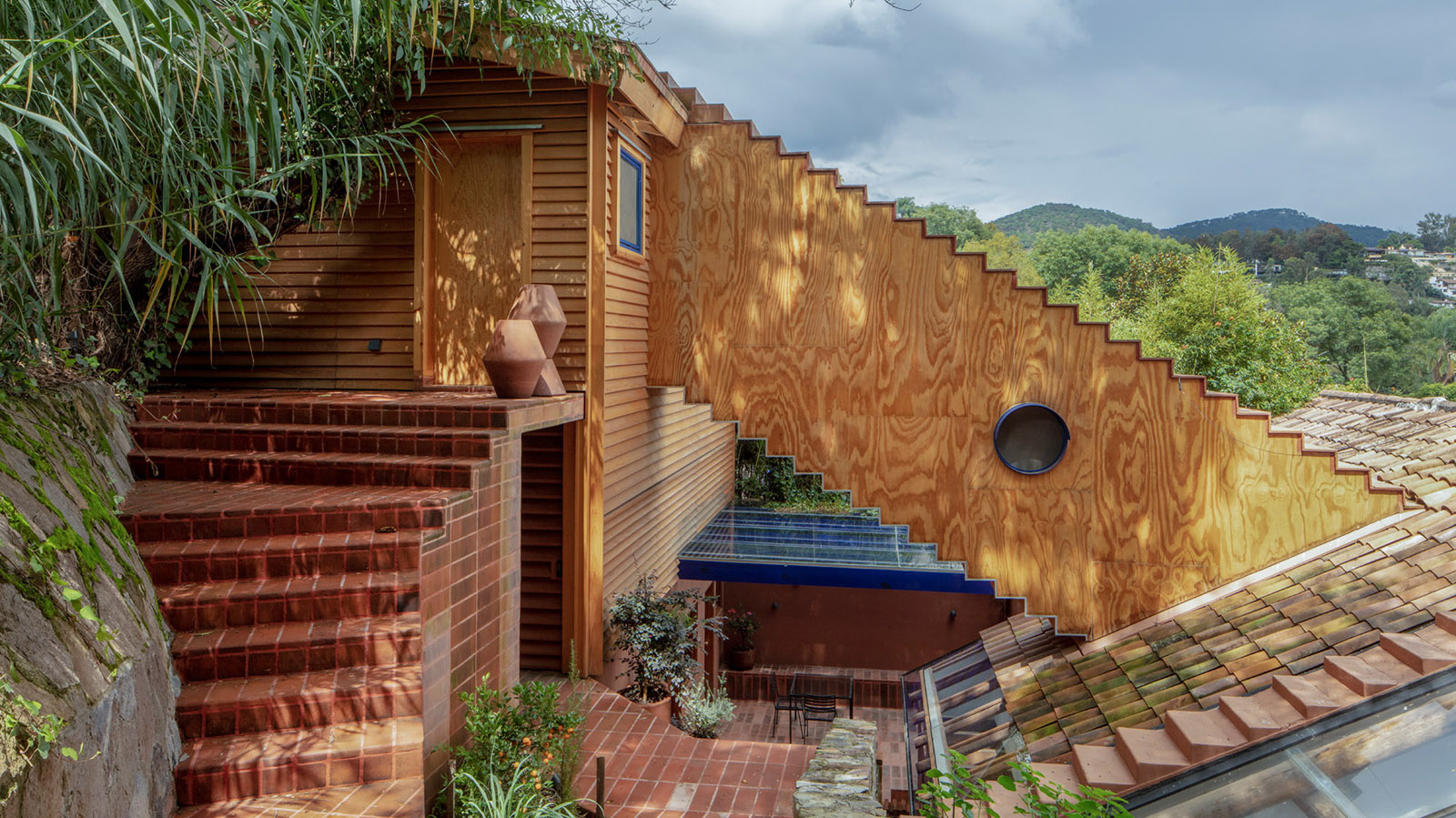 Pedro y Juana's take on architecture: 'We want to level the playing field’
Pedro y Juana's take on architecture: 'We want to level the playing field’Mexico City-based architects Pedro y Juana bring their transdisciplinary, participatory approach to the Mexico pavilion at the Venice Architecture Biennale 2025; find out more
-
 Tour the wonderful homes of ‘Casa Mexicana’, an ode to residential architecture in Mexico
Tour the wonderful homes of ‘Casa Mexicana’, an ode to residential architecture in Mexico‘Casa Mexicana’ is a new book celebrating the country’s residential architecture, highlighting its influence across the world